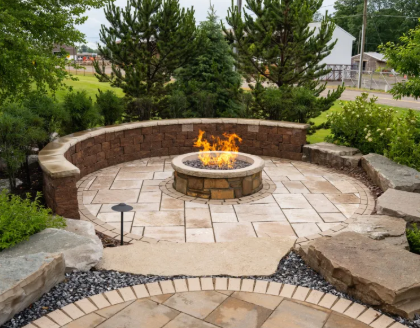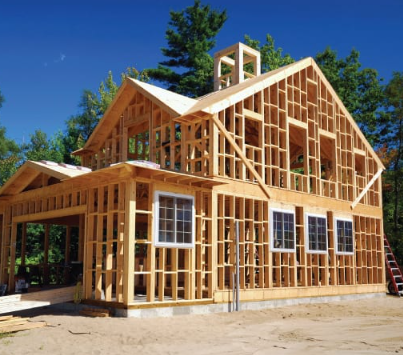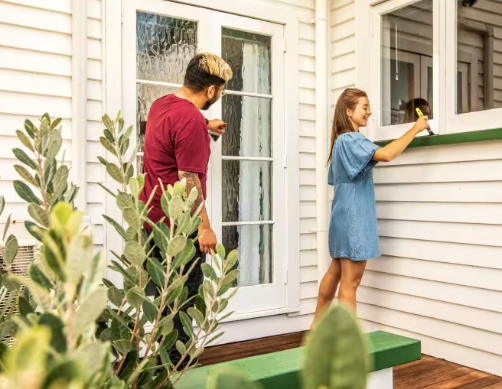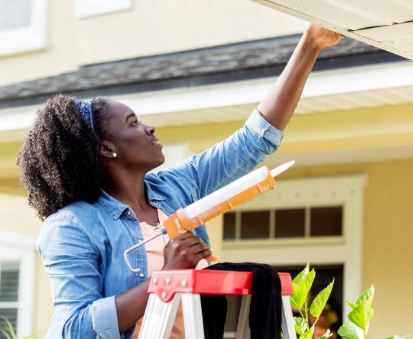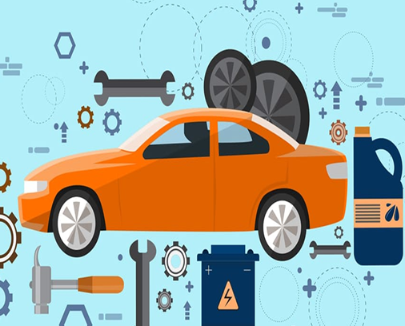Garage door repair tips help you fix common problems quickly and safely without needing a professional.
Your garage door is more than just an entryway—it plays a crucial role in your home’s security, curb appeal, and everyday convenience. A smoothly operating garage door makes coming and going effortless, while a malfunctioning one can cause frustration and even safety risks. Common problems like noisy operation, stuck doors, or unresponsive openers often seem daunting, but many can be resolved safely with a bit of know-how. This guide will empower you to tackle basic garage door repairs yourself while understanding when it’s best to call in a professional.
Preparation for Safe and Effective Repairs
Before you grab your tools, preparation is key—not only to get the job done right but also to stay safe.
Essential tools you’ll want on hand include an adjustable wrench, socket set, silicone-based lubricant, a level, cleaning supplies, and replacement parts like rollers or cables if needed.
Safety protocols are critical:
Always disconnect the power to your garage door opener before starting any repair to avoid accidental activation.
Use a sturdy ladder, and wear protective gear like gloves and safety glasses to guard against injuries.
Avoid handling torsion springs yourself. These springs are under high tension and can cause serious injury if mishandled. Leave spring replacements to trained professionals.
Also, take a moment to assess the complexity of the problem. Some issues, like lubricating hinges or tightening bolts, are safe DIY tasks. Others, like spring or cable replacements, require expert knowledge.
Diagnosing and Fixing Common Garage Door Issues
Excessive Noise During Operation
If your garage door suddenly sounds louder than usual—grinding, squeaking, or rattling—there are a few usual suspects.
Loose nuts and bolts: These can cause rattling noises. Tighten all hardware with a socket wrench to secure the door components.
Worn rollers: Nylon rollers tend to be quieter than steel. If yours are cracked or noisy, replacing them can drastically reduce sound. To replace rollers, first disconnect the opener, remove the old rollers carefully, then install new ones by sliding them into the track.
Dry hinges or tracks: Apply a silicone-based lubricant to all hinges, rollers, and tracks. Avoid oil-based lubricants as they attract dust and grime.
Unbalanced door: An unbalanced door strains the opener and creates noise. You can test balance by disconnecting the opener and manually lifting the door halfway—it should stay put. If not, call a professional.
Door Stuck or Not Opening/Closing Properly
A garage door that won’t open, gets stuck mid-way, or closes unevenly can be caused by:
Misaligned tracks: Check the vertical tracks on either side with a level. If they are not perfectly straight, gently tap them into alignment using a rubber mallet.
Obstructed photo-eye sensors: These safety sensors near the floor must have clear line-of-sight. Clean the lenses with a soft cloth, removing dust or spider webs.
Weak or broken springs: Springs help counterbalance the door’s weight. If you suspect a spring problem (door feels heavy or won’t stay open), observe but don’t attempt adjustments—call a professional due to the risk involved.
Remote or Keypad Failure
When your remote or keypad stops working, common causes include:
Dead batteries: Replace them first and test the range (typically 50 to 100 feet).
Misprogrammed opener: Consult your manufacturer’s manual for reprogramming instructions. This often involves pressing a “learn” button on the opener and then activating the remote within a few seconds.
Radio frequency interference: Nearby devices such as LED lights or wireless routers can interfere. Try moving or turning off suspect devices to test.
Off-Track or Uneven Door Movement
If your door moves jerkily, gets stuck halfway, or appears crooked:
Loose cables: These lift the door and can snap if worn. Tighten cables cautiously or replace if frayed, but know this is a task best left to professionals.
Bent tracks: Minor bends can be straightened carefully with pliers. Severely damaged sections should be replaced.
Worn rollers: Like noisy rollers, worn ones can cause uneven motion. Replace as needed, choosing nylon rollers for quieter, smoother operation.
Preventive Maintenance for Long-Term Performance
Preventing problems before they arise is always smarter than emergency repairs. Here’s how to keep your garage door running smoothly:
Monthly: Inspect cables, springs, and rollers for signs of wear or fraying.
Biannual: Lubricate all moving parts with silicone-based lubricant. Test the door balance by disconnecting the opener and lifting the door halfway to see if it holds position.
Annually: Perform a safety test of the auto-reverse function by placing a 2x4 block under the door. The door should automatically reverse when it touches the block.
Replace weatherstripping to keep drafts, debris, and pests out.
Conclusion
By addressing common issues like noise, misalignment, and remote malfunctions, you can save time, money, and frustration. Many repairs are safe and simple for homeowners with the right tools and a cautious approach. However, never compromise on safety—high-tension springs and cables require professional expertise. With these practical garage door repair tips, you’ll be empowered to keep your garage door running reliably and quietly, ensuring your home remains secure and convenient every day.
